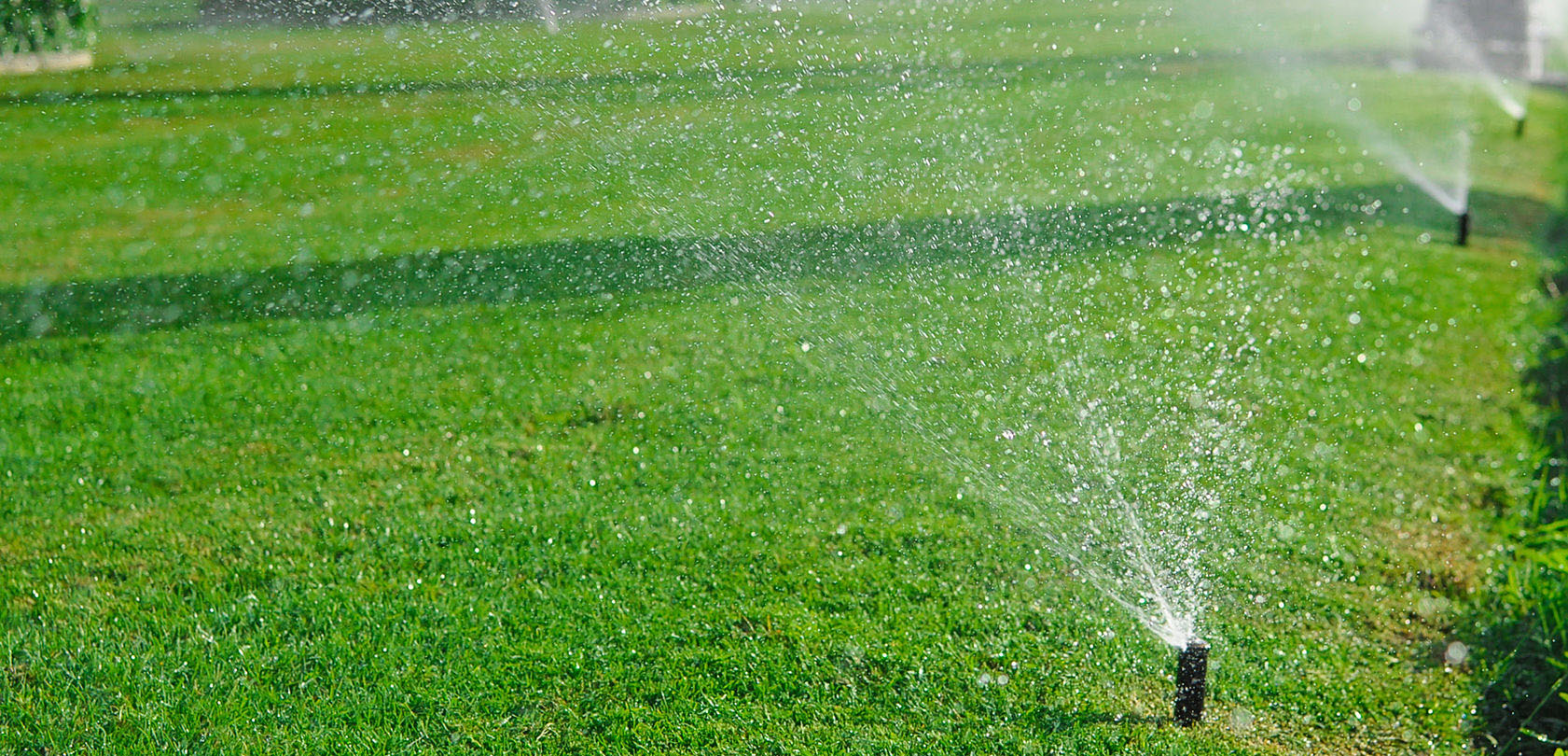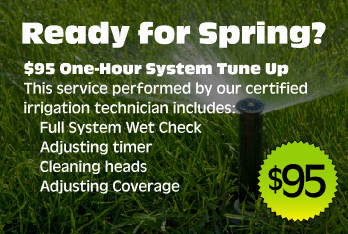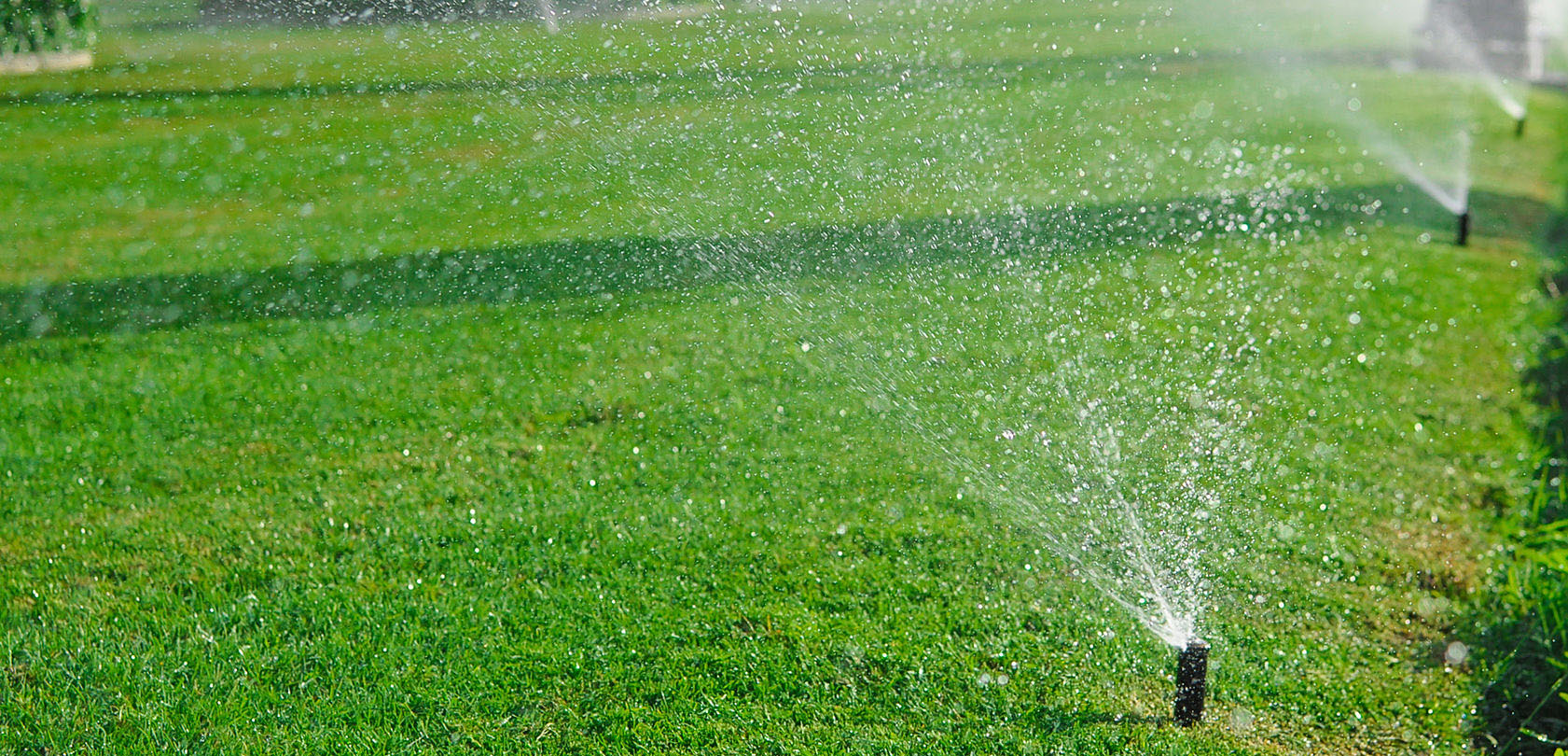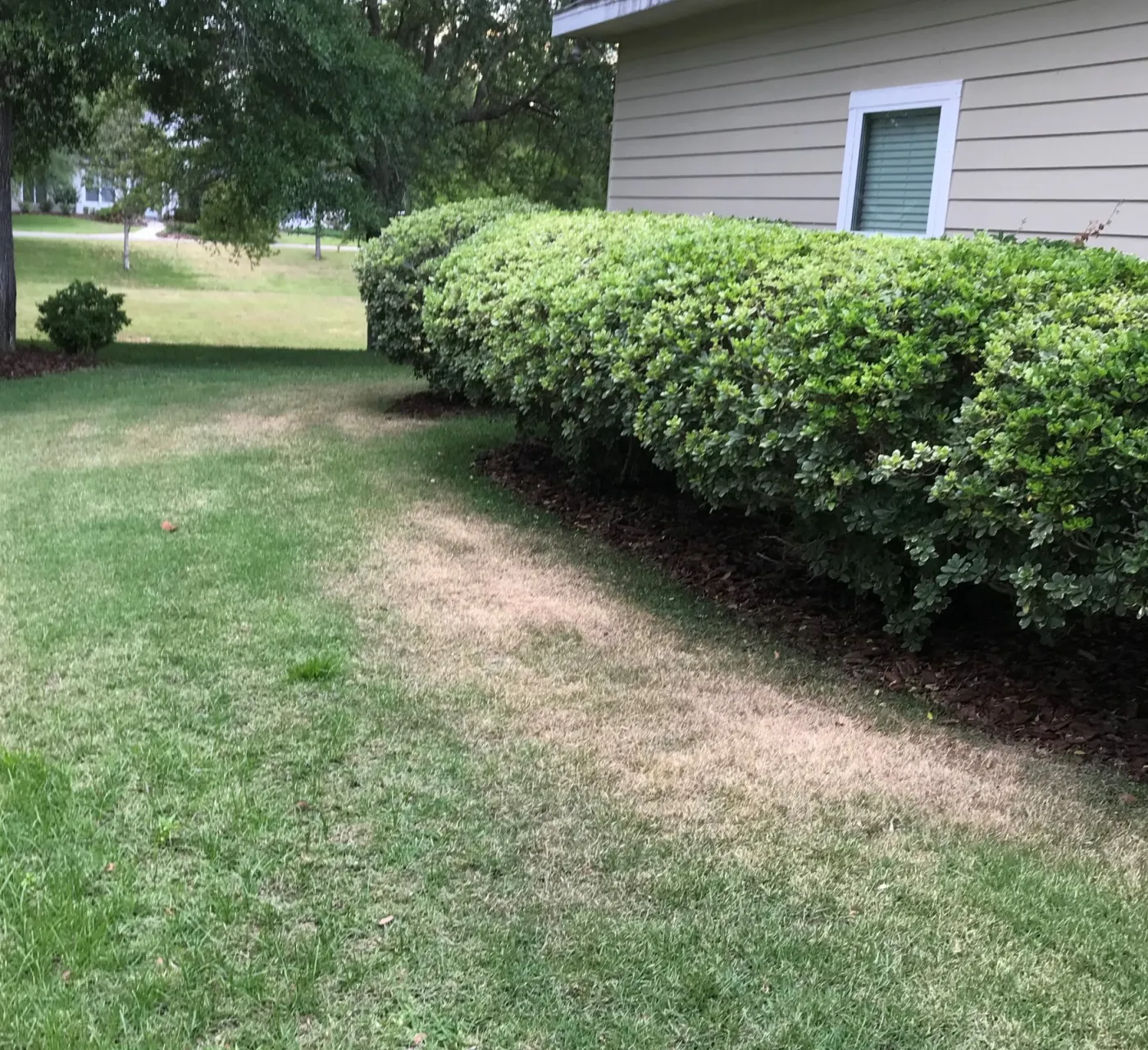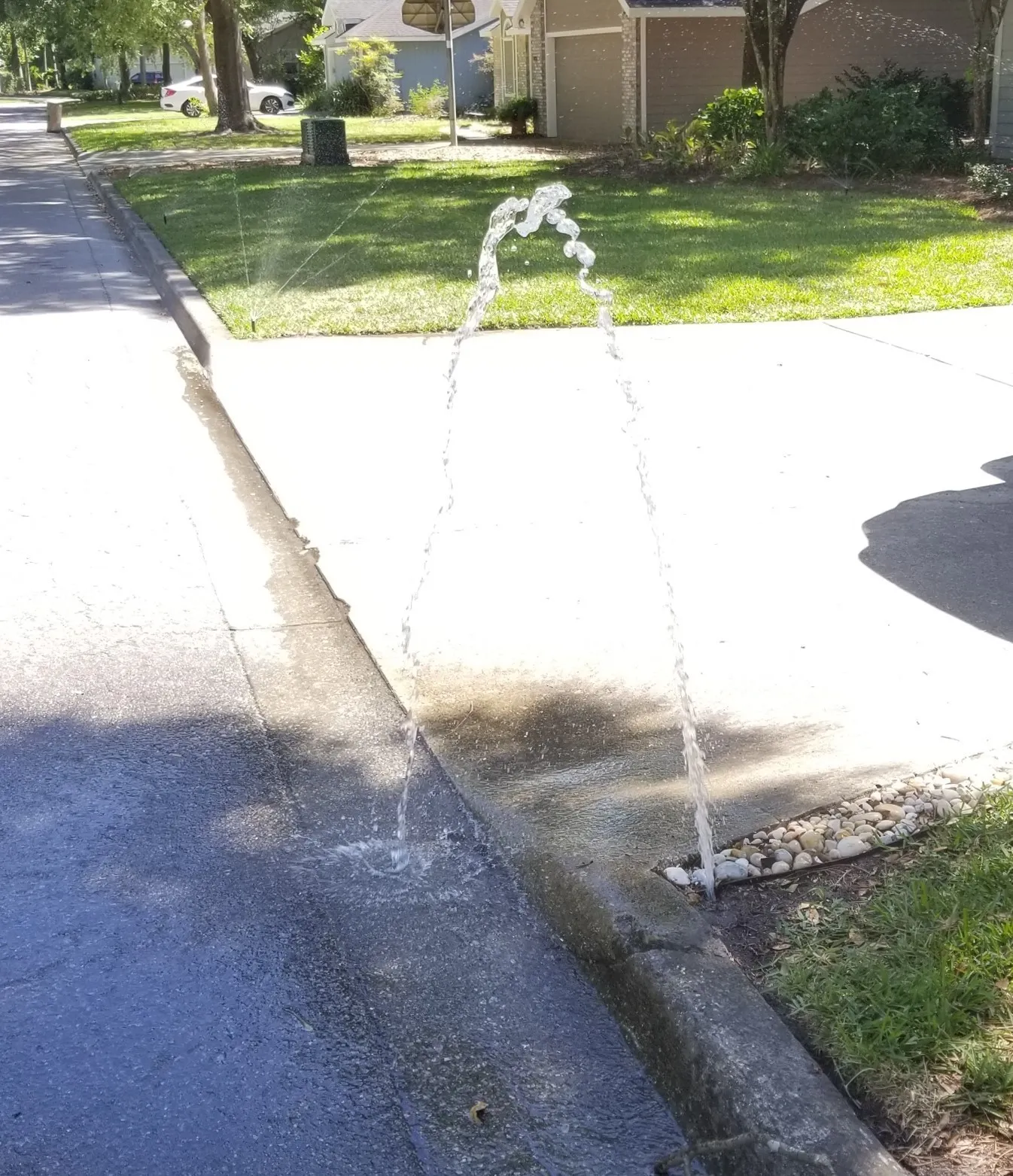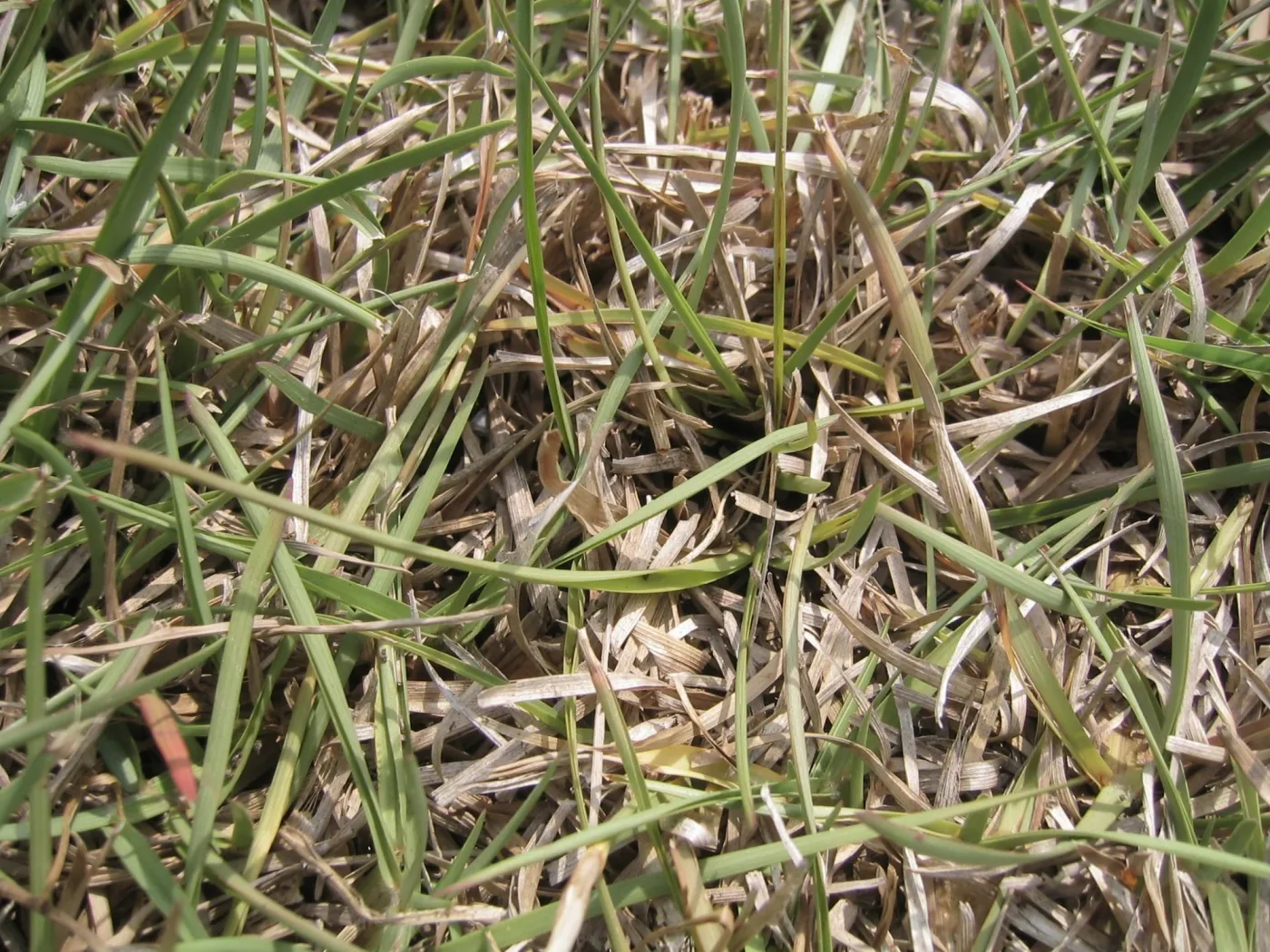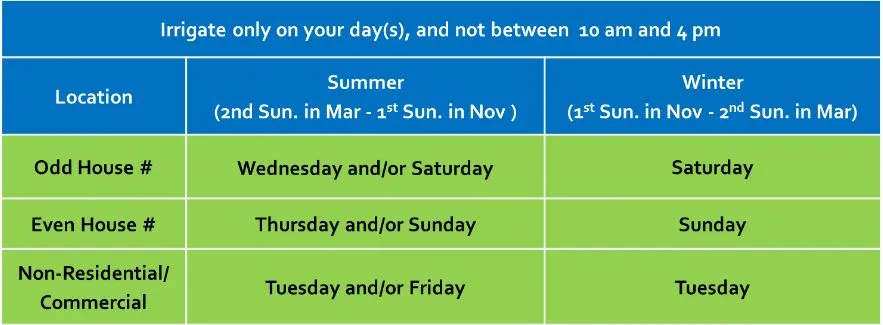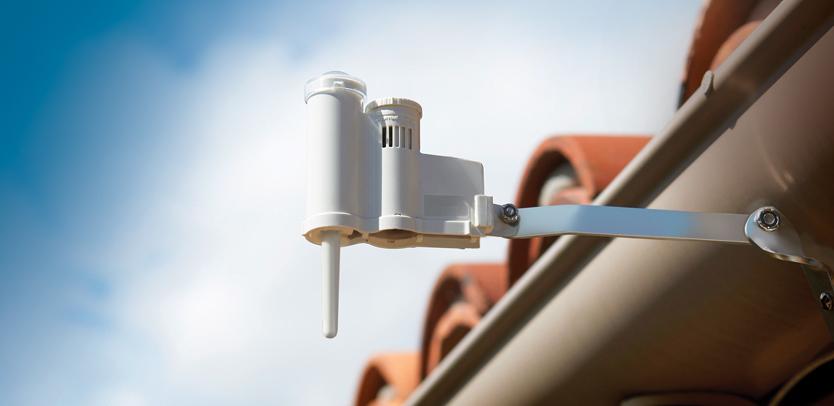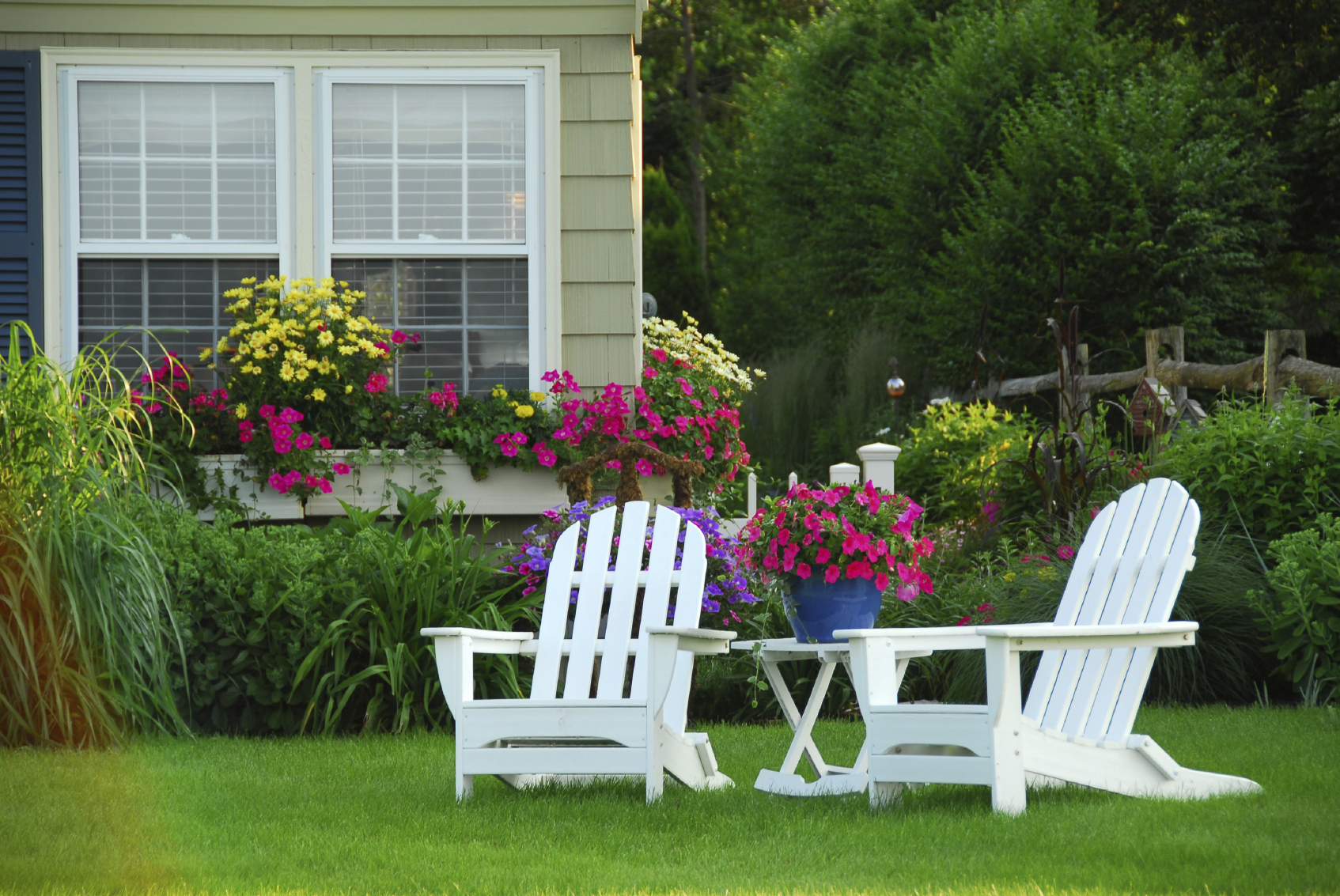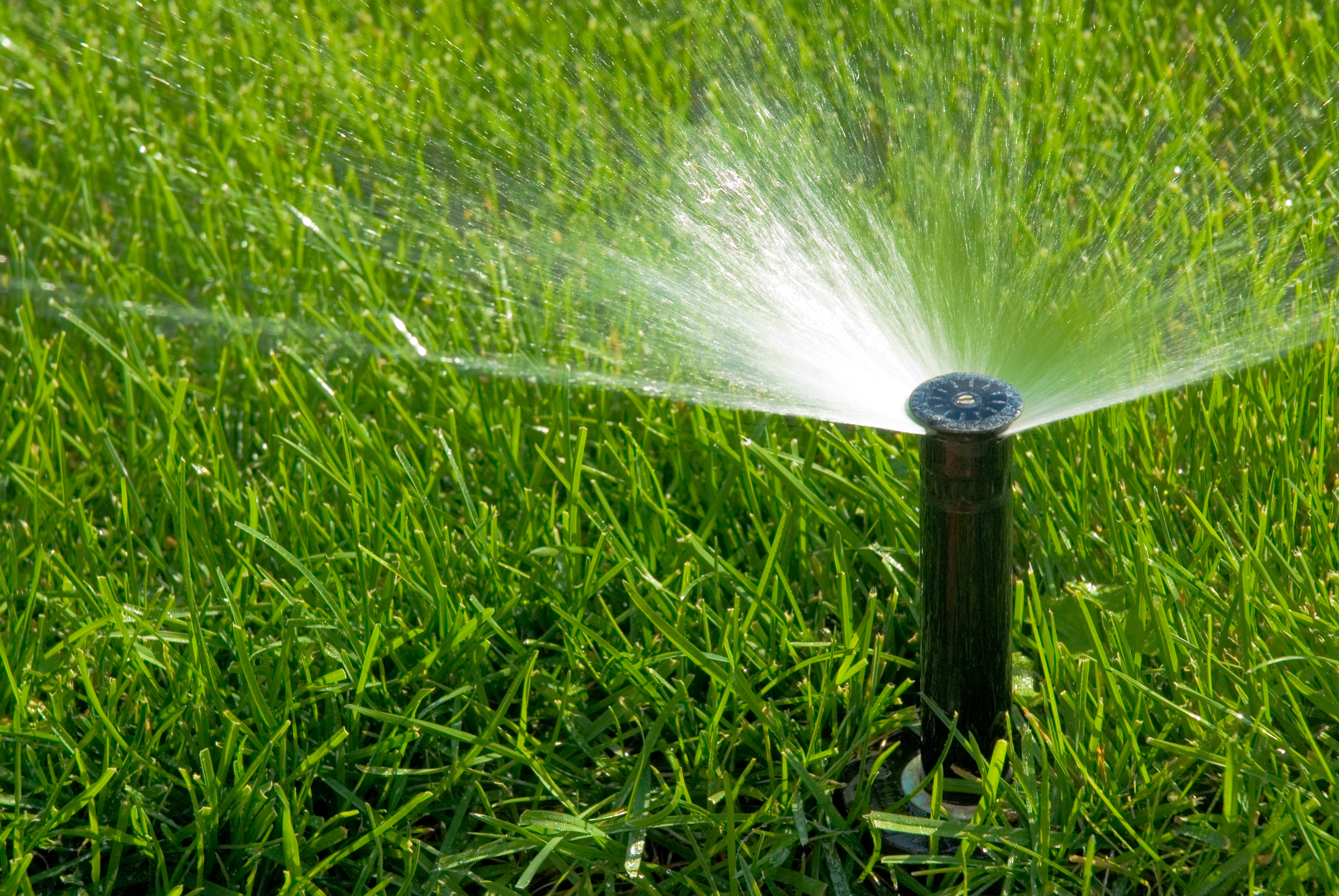Like your body, your lawn requires regular water to stay healthy. It’s that simple, really - but there are a few important best practices to know before just running your Gainesville, Florida sprinklers.
1. WHAT IS THE RIGHT AMOUNT OF IRRIGATION?
Your lawn loves about an inch of water each week, on average. Some full sun areas require more and deep shaded areas need less, but 1" is about average. In many areas of the U.S., rainfall is plenty, but in Florida's drastic heat and weather changes - we go from needing are sprinklers to run more to needing an improved drainage system to manage all of the rainwater in the span of months.
Typically, spring is a Gainesville Irrigation system's prime time due to high heat and low rainfall. That whole "April showers brings May flowers..." is not typically a good description for Gainesville lawns. Summer's rainfall typically are enough to keep an established lawn healthy without too much additional work by the irrigation system - but this does go in spurts based on our unique weather patterns.
We recommend irrigationg with these rough guidelines:
- 10-25 minutes on fixed spray head zones (that do not rotate)
- 35-85 minutes on rotating head (rotor) zones
- 60-90 minutes on drip tube zones
- 1x per week in winter starting around 6-8am
- 2x per week in the growing season starting around 3-5am
- Use the seasonal adjust function to increase in dry spells and decrease in rainy seasons
- Verify your weather sensor is functioning correctly 2x per year to shut off during rain or frost (or verify WiFi connection for internet weather control if using Hunter's Hydrawise system)
This is the biggest reason client's lawns struggle - improper watering. Homeowners overwater their lawns in winter (causing lawn diseases and inviting webworm damage) and then underwater in spring (causing drought stress and chinch bug damage) because they use a "set it and forget it" mentality.
2. DON'T SET IT AND FORGET IT
Set it and forget it doesn't work with irrigation systems unless you have the most-recent technology to-date such as a WiFi Hydrawise controller, and even then it isn't 100% auto-run, although it is as close as we've ever been. It's more like today's new car systems, that warn you if you're driving outside the lines or coming up on someone too fast. It isn't completely self-driving, but we aren't far from it.
Due to the weather consistently changing, we have to know our irrigation systems' functions to really have a lawn that is it's healthiest. Changing settings within the guidelines listed above as the weather changes is a very good start to taking full advantage of your sprinkler system's strenghts to get the most out of your lawn.
3. WATERING DEEP MATTERS
Less frequent, but deeper watering can build heartier, healthier roots. Water as needed but aim for no more than two times a week, unless you have new landscaping that neeeds watering more often to get established. The Alachua county code regulates this as well. Watering deeper and allowing more time between waterings allows the roots to stretch for water deeper into the soil and causing a stronger lawn over-all. Think of it like lefting weights to stress your muscles, and how that stress makes them stronger and larger. Roots work very similarly. However, just as you can strain your muscles putting them under too mcuh strain, the same can be said for lawns.
More lawn watering tips:
Water early in the morning as possible, whenever you can, between 6AM and 10AM.
Don’t water so long that water is cascading down the street; it’s wasteful. Some lawns that are on slopes can use "soak times" or MP Rotator nozzles to get the right amount of water down without wasting it.
If a brown area of your yard doesn’t respond to watering, there may be a bigger issue like lawn disease, poor water coverage, or pet damage at play.
Don’t water in the evening, for it puts your lawn at risk for disease except in the case of extreme drought.
PRO TIP: Watering in the early morning allows your lawn to dry fully in the sun during the day which can prevent certain fungal diseases that arise due to an overly saturated lawn.
2 STEPS TO KNOWING HOW MUCH WATER YOUR LAWN NEEDS
- Measure your sprinkler output using an inexpensive rainmeter placed in the lawn near the water source, or you can DIY this yourself by using a plastic cup or an empty tuna can with a one-inch level noted with a permanent marker.
- Take note of how long it takes for the rainmeter, plastic cup or empty tuna can to fill to the one-inch mark in the dryest areas of your lawn. This gives you a rule of thumb for how long you should water in that zone, so you can set your sprinkler zone to this amount of time. (We still recommend adjusting seasonally)
We hope this blog is helpful in learning how to properly water your Gainesville lawn. If we can help you with your Gainesville, Fl sprinkler system or Gainesville lawn concerns, give us a call at (352) 378-5296 or email info@themasterslawncare.com.

